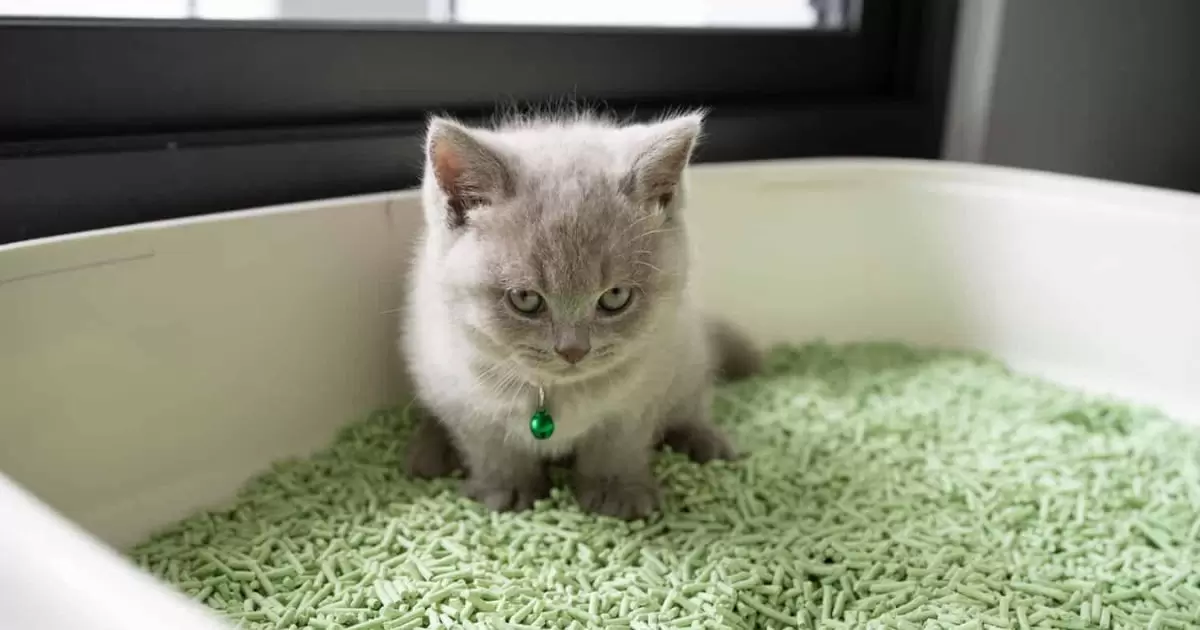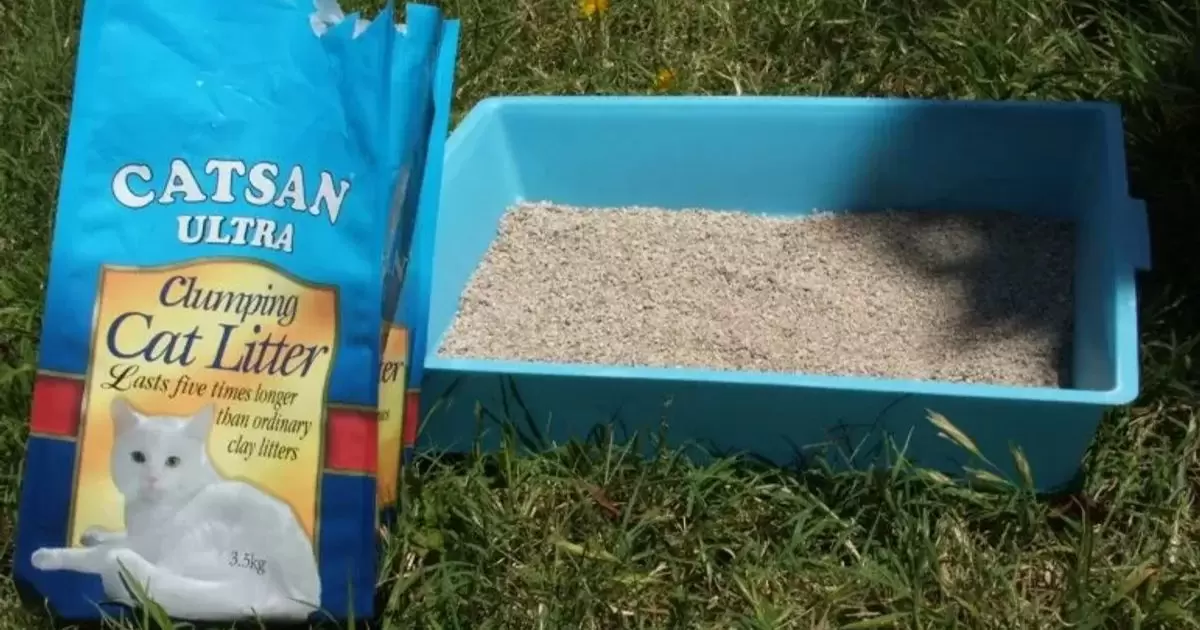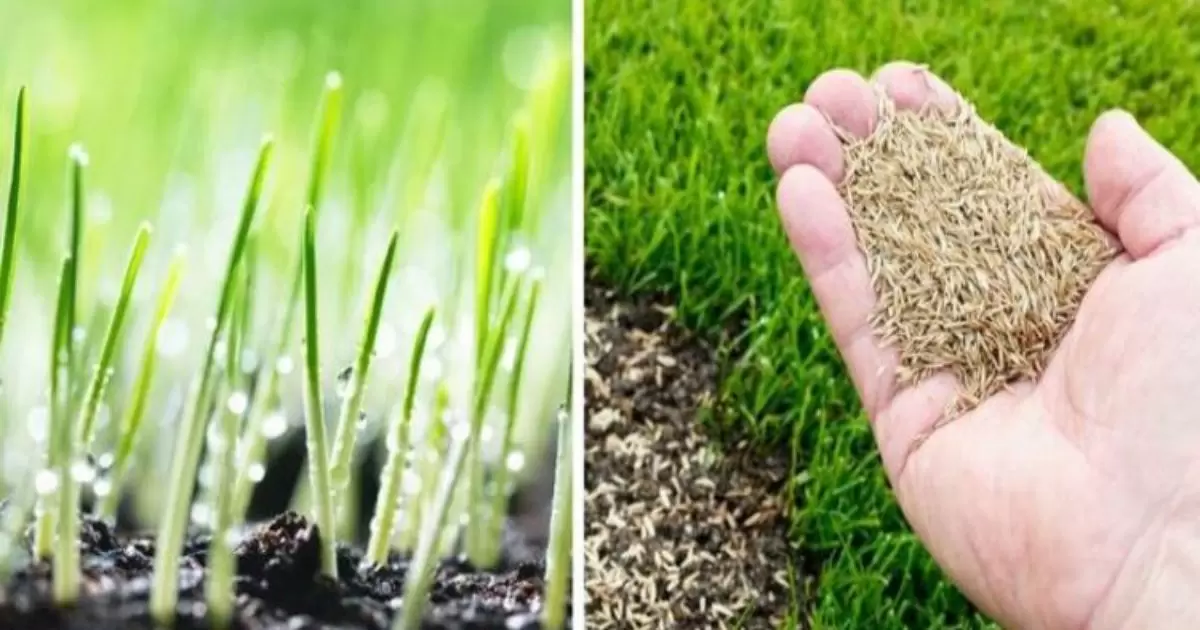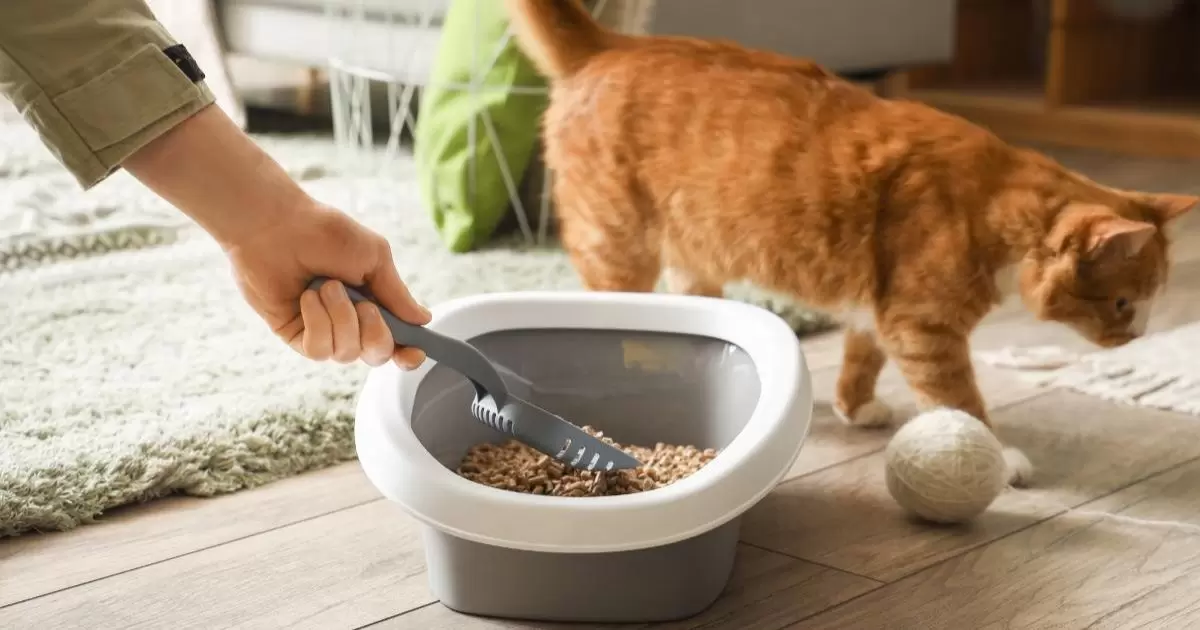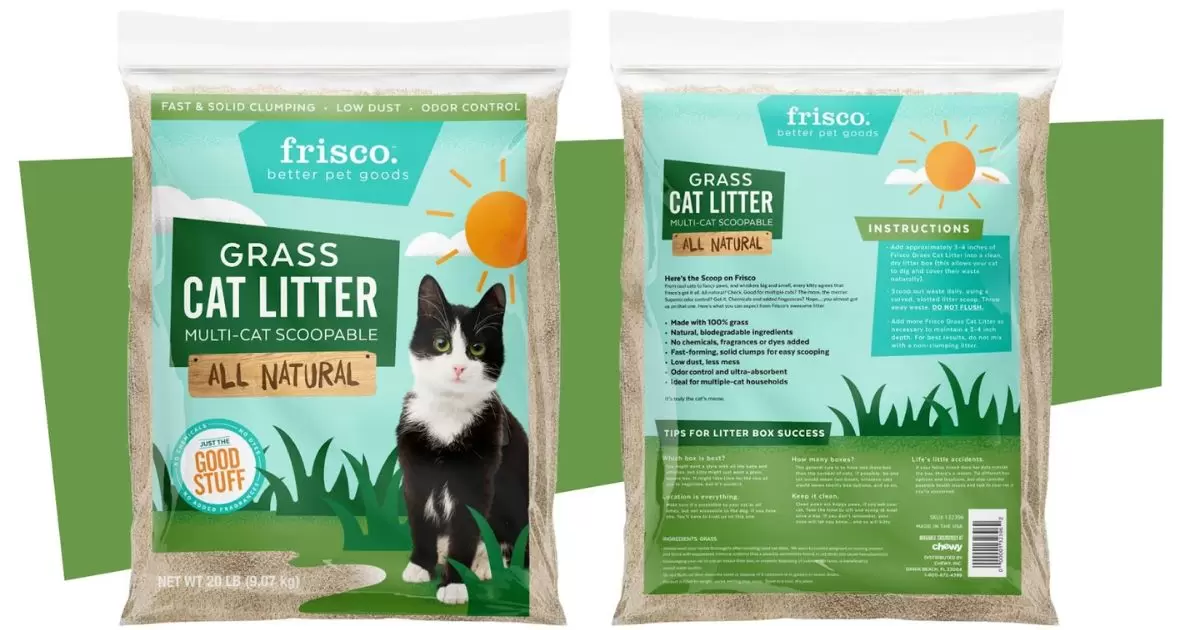Grass seed for cat litter refers to the use of leftover or extra grass seed as an alternative litter substrate for cats instead of traditional clay or clumping litter. The grass seed offers an absorbent and lightweight filler fabric to line a cat’s muddle container. Some examples of grass seeds that can paintings for cat clutter consist of wheat, oat, barley, and rye grass seed types.
Can you use regular grass seed for cat litter? This is a common question for cat owners looking to save money on litter costs or reduce waste. Using materials on hand, like extra grass seed, can be tempting. However, not all grass seed varieties are created equal when it comes to absorption, dust control, and safety for cats.
While grass seed contains fiber that can clump waste, the texture and dust levels may not be ideal. Cat litter requires the right balance of absorbency and ability to separate waste. The wrong grass seed could irritate a cat’s respiratory system or fail to properly contain odors and moisture.
Proper research and caution are advised before switching to regular grass seed as cat litter. The seed needs sifting for debris and monitoring for mold if moisture is retained. With some trial and error, grass seed may provide a cost-effective and more natural cat litter.
Viable Niche Grass Seed for Cat Litter
In exploring the potential for a niche market in grass seed litter for cats, a key question arises: why is litter expensive? Certain types of grass seeds, such as brown seeds, exhibit promising traits as productive seed producers and may excel in liquid absorption.
However, to ensure the safety and effectiveness of grass seed litter for cats, additional research is imperative. Factors like absorbency, weight, clumping ability, odor control, and potential health impacts on cats must be thoroughly investigated.
Niche Appeal of Grass Seed Litters
A grass seed litter could appeal to eco-conscious cat owners looking for more natural and sustainable litter. Marketing could focus on the renewable and compostable nature of grass seeds versus clay or silica gel litters. If production could be scaled, pricing may be competitive with mainstream litters. Effective odor control would need to be demonstrated to gain market share.
Absorbent Niche Grass Seed for Cat Urine
Identifying grass seeds with high absorbency is critical, especially for cat urine. Seeds that swell and absorb liquid rapidly while avoiding clumps would be ideal. Testing absorption capacity relative to volume would determine suitable grass seeds. Preference for varieties that grow well in the cat’s region makes supply more viable.
Weight of Grass Seed Litter for Cats
The weight of a grass seed litter needs consideration for cat comfort and owner convenience. Too light and seeds may be kicked out of the box. Too heavy could deter cat usage. Testing an optimal weight range that enables cats to dig while resisting scattering would be important. Comparing weights to mainstream litters would also inform viability.
Regular Grass Seed Clump for Scooping
Clump performance affects scoopability and odor control. Seeds that absorb liquid and then bind together into a solid clump are best for scooping waste. Avoiding a mushy clump is key. Testing clump hardness over time would need to ensure solidity for regular scooping while resisting crumbling during removal.
Best Grass Seed Varieties for Cat Litter
Based on the research, some of the best grass seed varieties to consider for cat litter are broadleaf cattails. Brownseed is noted to be a productive seed producer that may absorb liquids well. Broadleaf cattail seedlings readily emerge from shallow soil depths, indicating propagation potential. Further testing would be needed to evaluate safety and performance.
Unscented and Chemical-Free Niche Grass Seeds
A key part of the appeal of a natural grass seed litter would be avoiding scents and chemicals. As the research indicates, broadleaf cattail seed germination was not significantly impacted by light levels or litter accumulation in one study, suggesting viability for an unscented product. Ensuring any grass seed variety is free of pesticides or chemical treatments would also be important for marketing.
Track Litters Natural Niche Oat and Wheat Grass Seed
The research did not specifically cover oat and wheat grass seeds. However, testing the absorbency and clumping ability of these varieties could determine suitability for cat litter use. Appeal may come from the familiarity and perception of oats and wheat as natural and healthy. Issues like scattering, odor control, and urine absorption would still require investigation.
Large Niche Grass Seeds for Cats
Larger grass seeds may resist tracking and scattering out of the litter box, which cat owners note as a concern. However, larger seeds may be less comfortable for cats to dig and bury waste in. Testing a range of seed sizes and weights to balance non-tracking ability and cat preference would inform viable niche grass seed varieties for litter products targeting cat owners.
Preparation of Niche Grass Seed Before Using Cat Litter
Preparing grass seeds for cat litter would require cleaning processes like sieving, aspiration, and washing to remove impurities that could otherwise irritate cats. Testing absorption capacity beforehand can screen viable seeds. Pre-soaking may initiate germination to improve liquid absorption. Heat sterilization could also help prepare seeds for safety. Overall, optimization is needed before application.
Cleaned and Purified Niche Grass Seed
Cleaning procedures should purify grass seeds by removing residues, inert matter, weed seeds, and other crops. This cleaning process typically involves sieving to grade seeds by size, aspiration to blow off light impurities, and mechanical separation using indent cylinders. Additional steps like washing may further eliminate dust and extraneous material. This can produce purified seeds optimized for cat litter purposes.
Dust and Residues of Niche Grass Seed
Eliminating dust, husks, chaff, straw, and other residues from niche grass seeds is advisable before cat litter application. These particles could irritate a cat’s nose or airways if inhaled. Sieving and aspiration processes can help remove fine materials and impurities. Further testing of dust content using standardized methods would ensure purified seeds meet safety guidelines for cat usage.
Pros and Cons of Grass Seed Cat Litters
| Pros | Cons |
| Renewable and compostable | Limited testing on cat health impacts |
| Potentially low cost at scale | Need to identify niche viable seeds |
| Natural material appeals to owners | Preparation processes increase costs |
| Could provide an alternative to clay litter | Market education required on benefits |
Grass Seed Compare to Traditional Cat Litters
Compared to traditional clay and silica gel litters, grass seeds offer a more sustainable and potentially natural option. However, identifying viable niche seeds, scaling production, and optimizing preparation add complexity versus established cat litter. Testing would be extensive to rival performance on clumping, odor control, dust content, and other key metrics. Appeal to eco-conscious owners could motivate investment to develop grass seed litter.
Frequently Ask Questions
Is grass seed litter safe for cats?
More research is needed to determine if grass seed litters are safe for cat usage.
What seed is used for cat grass?
Wheatgrass, oat grass, barley grass, and ryegrass seeds are often used for growing cat grass.
How long to soak cat grass seeds?
Cat grass seeds may be soaked overnight to assist in accelerating the germination method.
How do you prepare cat grass seed?
To prepare cat grass seeds, clean and sterilize the seeds, test absorption capacity, and consider pre-soaking to initiate germination.
Conclusion
In summary, regular grass seed is not the best choice for cat litter. Although inexpensive, it lacks key features like clumping and odor control that cat owners need. Grass seed doesn’t absorb moisture or trap smells effectively. It also tracks outside the litter box, making a mess. Clumping clay litters, pine pellets, or corn-based options are better since they absorb liquids, control odors, and contain messes.
Ultimately, regular grass seed does not have the right properties to handle cat waste, despite being a natural, affordable option. Cat owners need a litter made specifically for feline needs to properly maintain the litter box. An inexpensive clumping clay litter, designed for both clumping and non-clumping litters, will perform better than plain grass seed.
